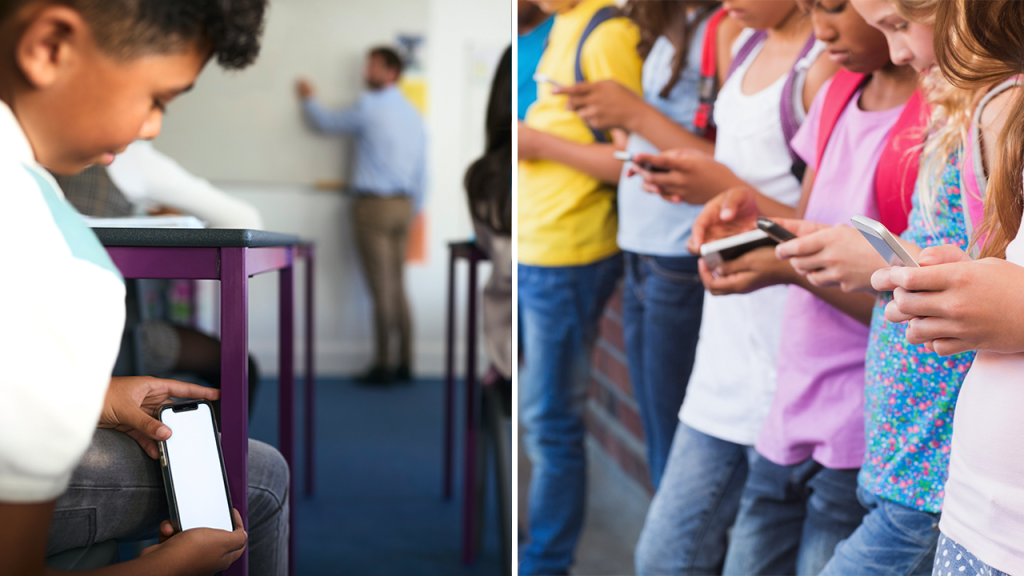Some U.S. states and school districts are considering implementing stricter protocols or outright bans on cellphone usage by students. Arizona is the latest state attempting to restrict phone usage, with state superintendent Tom Horne arguing for a state-wide ban. On the other hand, at least 11 other states have passed laws or policies that either ban or restrict students’ use of cellphones in schools. The Los Angeles Unified School District (LAUSD) board of education has adopted a complete ban on phones during the school day, to be implemented by January 2025.
In response to the growing concern over cellphone usage in schools, Virginia Gov. Glenn Youngkin has issued an executive order to bring cellphone-free education to Virginia schools. The Virginia Department of Education has been tasked with creating policies to remove cellphones from K-12 public schools. Similarly, in Connecticut, Gov. Ned Lamont has released a report offering policy guidance for school districts to consider implementing cellphone bans in elementary and middle schools. The Flint Community Schools District in Michigan has enacted a ban on cellphones in any school building.
Some states have taken an incentivized approach to restrict cellphone use in schools by launching programs that incorporate storage pouches for students’ phones during school hours. For example, Arkansas, Delaware, and Pennsylvania have implemented phone-free schools programs. These initiatives aim to give kids the freedom to learn without distractions and have received widespread support from parents and teachers. Despite the benefits of limiting cellphone use, there are concerns about access to devices for students who may require them for medical reasons or communication purposes.
Dr. Willough Jenkins, a pediatric psychiatrist, highlighted the negative effects of excessive phone usage among children and teens. She mentioned that the time spent on devices can impact children’s ability to engage in other activities and may result in a “crowding-out effect.” The content viewed on phones can also have varying impacts, with some students using devices for school-related research while others may encounter harmful content on social media. Jenkins also expressed concerns about the impact of phone use during free periods like lunch and recess on socialization and social development.
Parents have differing opinions on the issue, with some arguing that children should have cellphones during the day for emergency situations. However, proponents of cellphone bans believe that restricting usage during school hours can create a better learning environment and reduce distractions. As schools and lawmakers across the country grapple with the issue of cellphone use in schools, it is essential to consider the diverse needs of students, including those with medical conditions or communication challenges. Overall, finding a balance between leveraging technology for educational purposes and mitigating the potential negative effects of excessive phone usage remains a key challenge for educators and policymakers.


